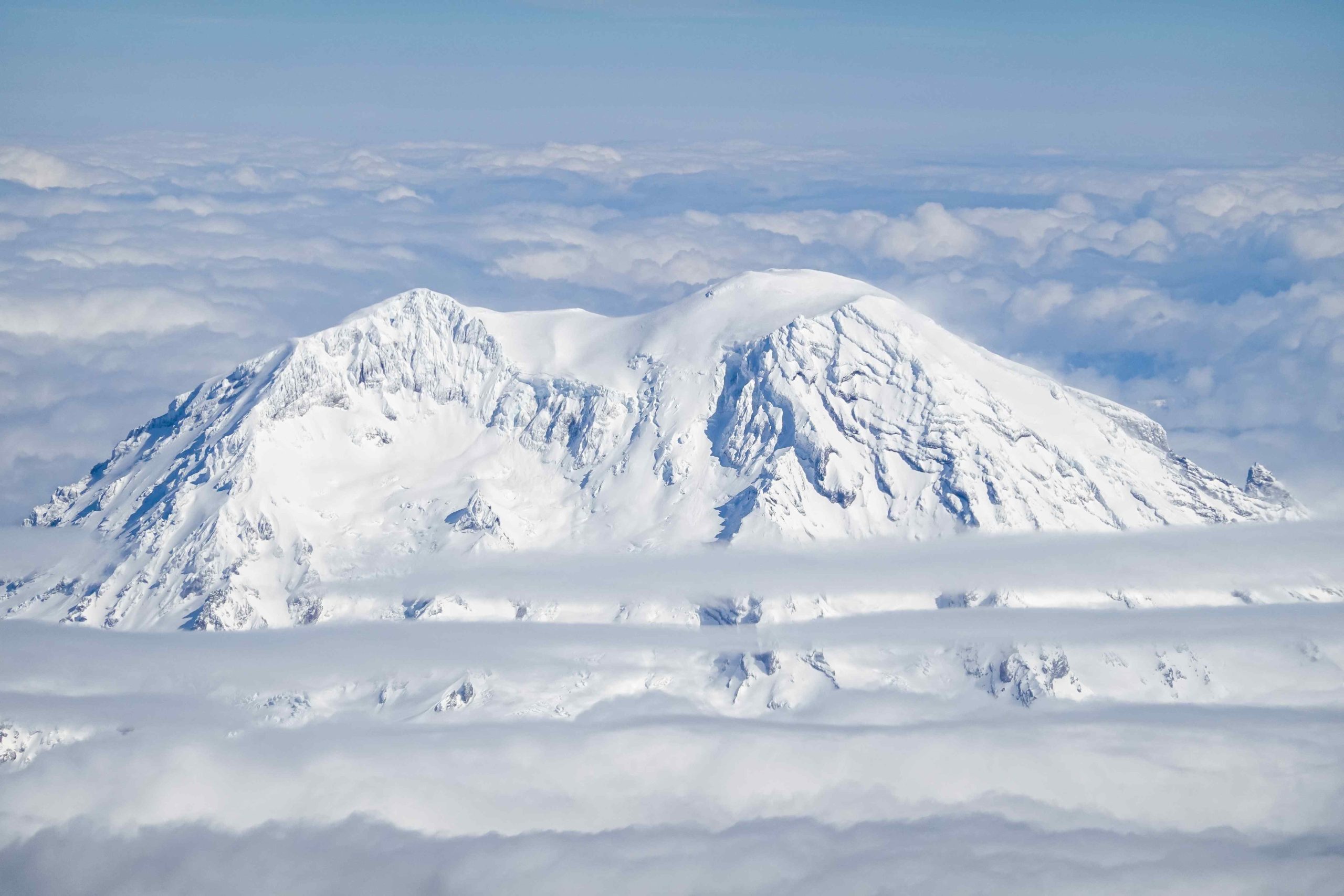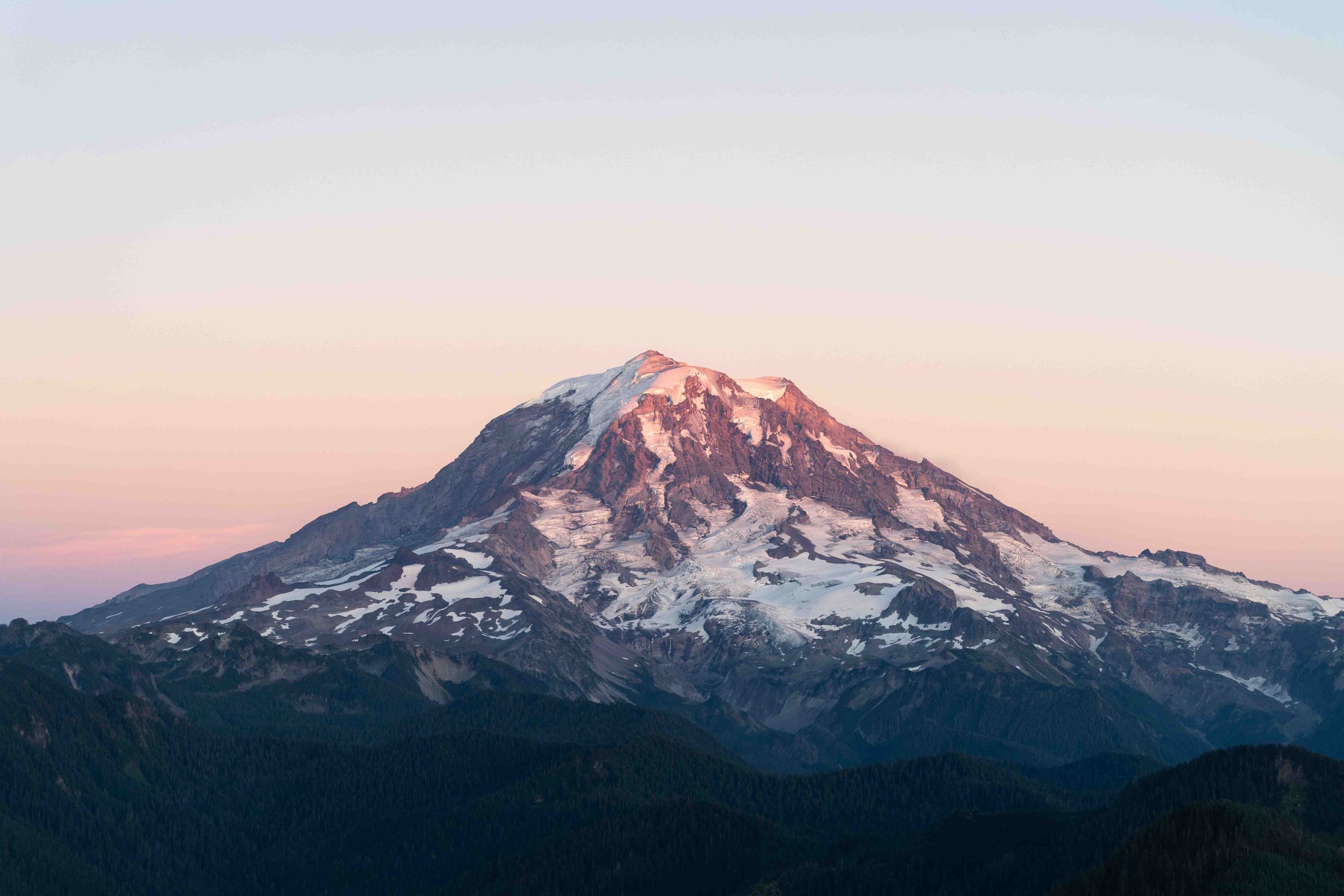Mount Rainier National Park is a hiker’s paradise, offering diverse trails and breathtaking views. From easy walks to challenging ascents, the park caters to all skill levels. This guide covers popular trails, safety tips, permits, and seasonal information for mount rainier people hiking. Whether you’re a seasoned trekker or a first-time visitor, this comprehensive overview will help you plan your perfect hiking adventure in one of America’s most iconic national parks.
What Are the Most Popular Hiking Trails in Mount Rainier?

Mount Rainier National Park boasts an array of hiking trails that cater to various skill levels and interests. Here are some of the most popular trails for mount rainier people hiking:
- Skyline Trail
- Distance: 5.5 miles loop
- Elevation Gain: 1700 feet
- Difficulty: Hard
- Estimated Time: 4-6 hours
-
Highlights: Panoramic views of Mount Rainier, wildflower meadows, and glaciers
-
Naches Peak Loop
- Distance: 3.0-3.3 miles loop
- Elevation Gain: 600 feet
- Difficulty: Easy to Moderate
- Estimated Time: 2-3 hours
-
Highlights: Scenic views of Mount Rainier and abundant wildflowers
-
Burroughs Mountain Trail
- Distance: 7.4 miles roundtrip
- Elevation Gain: 1000 feet
- Difficulty: Moderate to Hard
- Estimated Time: 5-7 hours
-
Highlights: High-altitude views of Mount Rainier and surrounding landscape
-
Myrtle Falls Trail
- Distance: 1 mile roundtrip
- Elevation Gain: 185 feet
- Difficulty: Easy
- Estimated Time: 1 hour
-
Highlights: Short, paved trail leading to a picturesque waterfall near Paradise
-
Panorama Point
- Distance: 3.8 miles out-and-back
- Elevation Gain: 1300 feet
- Difficulty: Moderate
- Estimated Time: 3-4 hours
-
Highlights: Panoramic views of Mount Rainier and surrounding peaks
-
Fremont Lookout Trail
- Distance: 5.6 miles roundtrip
- Elevation Gain: 1200 feet
- Difficulty: Moderate
- Estimated Time: 4-5 hours
- Highlights: Stunning views of Mount Rainier and the surrounding mountain range
These trails offer a diverse range of experiences for mount rainier people hiking, from easy walks suitable for families to challenging hikes for experienced trekkers.
How Can Hikers Stay Safe on Mount Rainier Trails?

Safety is paramount when hiking in Mount Rainier National Park. Here are essential tips for a safe and enjoyable experience:
- Wildlife Awareness
- Be alert for wildlife such as marmots, pikas, and foxes
- Maintain a safe distance and never feed wild animals
-
Store food properly to avoid attracting wildlife to your campsite
-
Weather Preparedness
- Check weather forecasts before heading out
- Bring layers of clothing to adapt to changing conditions
-
Pack rain gear and sun protection
-
Essential Gear
- Wear sturdy hiking boots with good traction
- Carry plenty of water and high-energy snacks
-
Bring a first aid kit, sunscreen, sunglasses, and a hat
-
Navigation Tools
- Carry a physical map and compass
- Use a GPS device or smartphone with a reliable GPS app
-
Familiarize yourself with the trail before starting your hike
-
Physical Preparation
- Start with easier trails if you’re new to hiking
- Gradually build up to more challenging hikes
- Know your limits and turn back if necessary
By following these safety guidelines, mount rainier people hiking can minimize risks and fully enjoy their outdoor adventure.
What Permits and Requirements Are Needed for Hiking Mount Rainier?
Understanding the permit system and requirements is crucial for mount rainier people hiking. Here’s what you need to know:
- Park Entry
- A National Park Pass is required to enter Mount Rainier National Park
-
During peak season (late May to early September), a timed entry reservation is also necessary
-
Day Hiking
- Generally, no specific permits are required for day hikes
-
Some trails may have specific regulations, so check in advance
-
Overnight Stays and Climbing
- Additional permits are required for overnight camping and mountain climbing
-
These can be obtained through the park’s wilderness permit system
-
Where to Obtain Permits
- National Park Passes can be purchased online or at park entrance stations
- Timed entry reservations are available through the Mount Rainier National Park website
-
Wilderness permits for overnight stays can be reserved in advance or obtained at ranger stations
-
Costs
- National Park Pass fees vary (annual passes or day-use fees available)
- Timed entry reservations are free but require advance registration
- Wilderness permit fees apply for overnight stays
By securing the necessary permits and understanding the requirements, hikers can ensure a smooth and legal visit to Mount Rainier National Park.
When Is the Best Time for Hiking Mount Rainier?
The hiking season at Mount Rainier National Park varies throughout the year. Here’s a breakdown of what to expect:
| Season | Months | Trail Conditions | Weather | Crowd Levels |
|---|---|---|---|---|
| Summer | July-September | Most trails open, snow-free | Mild, clear | High |
| Fall | October-November | Some snow, fall colors | Cool, variable | Moderate |
| Winter | December-March | Heavy snow, limited access | Cold, snowy | Low |
| Spring | April-June | Snow melting, some trails open | Cool, wet | Moderate |
Best Months for Hiking:
– Mid-July to September offers the most favorable conditions for mount rainier people hiking
– Trails are generally snow-free and accessible
– Weather is typically clearer and more stable
Seasonal Considerations:
– Some trails may be closed in winter and early spring due to snow and maintenance
– Always check the park’s website for current trail conditions and closures
– Be prepared for rapidly changing weather conditions, regardless of the season
Average Weather Conditions:
– Summer: Daytime highs 60-70°F (15-21°C), nighttime lows 40-50°F (4-10°C)
– Winter: Daytime highs 30-40°F (-1 to 4°C), nighttime lows below freezing
– Expect cooler temperatures at higher elevations year-round
By planning your visit during the optimal season and being prepared for the conditions, you can maximize your enjoyment of mount rainier people hiking experiences.
How Should Hikers Prepare for Different Trail Difficulties?
Proper preparation is key to enjoying mount rainier people hiking at various difficulty levels. Here’s how to prepare for different trail types:
Easy Trails
- Examples: Myrtle Falls Trail, Grove of the Patriarchs
- Preparation:
- Comfortable walking shoes
- Water bottle
- Light snacks
- Sun protection
Moderate Trails
- Examples: Naches Peak Loop, Panorama Point
- Preparation:
- Sturdy hiking boots
- Daypack with water and snacks
- Trekking poles (optional)
- Layer clothing for changing weather
Difficult Trails
- Examples: Skyline Trail, Burroughs Mountain Trail
- Preparation:
- Broken-in hiking boots
- Plenty of water and high-energy food
- Navigation tools (map, compass, GPS)
- First aid kit
- Emergency shelter (e.g., space blanket)
Regardless of trail difficulty, all hikers should:
– Inform someone of their hiking plans
– Check trail conditions before starting
– Carry the Ten Essentials (navigation, sun protection, insulation, illumination, first-aid supplies, fire, repair kit and tools, nutrition, hydration, emergency shelter)
By preparing appropriately for the trail difficulty, mount rainier people hiking can ensure a safe and enjoyable experience in the park.
What Are the Must-See Attractions for Hikers in Mount Rainier?
Mount Rainier National Park offers numerous attractions that hikers shouldn’t miss:
- Paradise Area
- Known for its stunning wildflower meadows in summer
-
Starting point for popular trails like Skyline and Panorama Point
-
Sunrise Visitor Center
- Highest point in the park accessible by car
-
Offers spectacular views and access to Burroughs Mountain Trail
-
Reflection Lakes
- Iconic spot for photographing Mount Rainier’s reflection
-
Beautiful at sunrise and sunset
-
Carbon River Rainforest
- One of the few inland temperate rainforests in the United States
-
Unique ecosystem with lush vegetation
-
Wonderland Trail
- 93-mile trail circling Mount Rainier
-
Offers sections for day hikers to experience
-
Glaciers
- Mount Rainier has 25 named glaciers
-
Emmons Glacier is the largest glacier in the contiguous United States
-
Waterfalls
- Numerous waterfalls throughout the park, including Myrtle Falls and Narada Falls
- Many are accessible via short hikes
These attractions provide diverse experiences for mount rainier people hiking, from easy nature walks to challenging backcountry adventures.
By exploring these highlights, hikers can fully appreciate the natural wonders and diverse ecosystems of Mount Rainier National Park.
References:
1. Caitlyn’s Adventures
2. Washington Trails Association
3. Wheatless Wanderlust
4. Mount Rainier National Park Official Website
5. Visit Rainier
